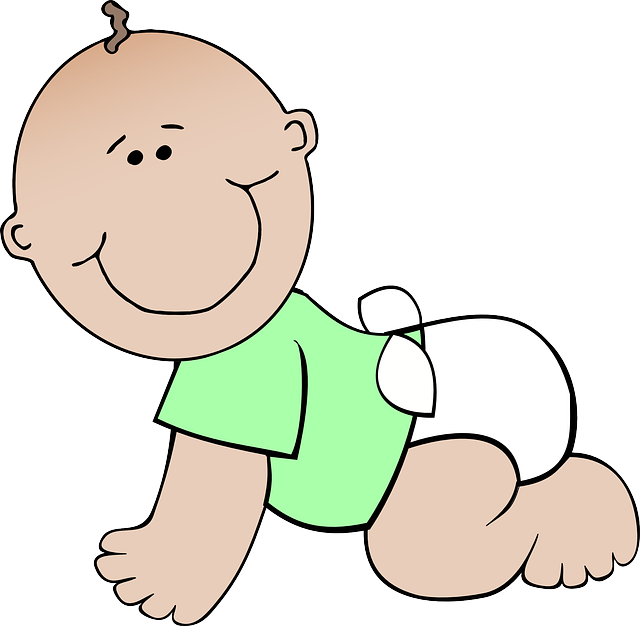Traditionally, the early babbling of babies has been thought to primarily be a mechanism
for babies to learn and practice how to use their mouths and voices. New research
published in the journal, Developmental Science, shows how early babies begin to
understand that their vocalizations can impact the people around them. The study
showed that babies as young as 3-5 months of age changed the amount and intensity
of their babbling when an adult stopped responding to their vocalizations, showing that
a baby’s babbling functions as a tool, as they build associations between their own non-
crying sounds and the reactions of adults, and learn the value of vocalizing for
communication purposes.
Parents and caregivers can encourage communication by tuning in and responding to
your baby, and talking to them a lot! Make eye contact, interact and take turns “talking”,
almost like you’re having a conversation. Use your tone of voice to make your speech
interesting and engaging. Use a variety of facial expressions too. When you respond in
this way, you encourage your baby to keep communicating. All types of talking are good
for your child. This includes talking while you dress or bathe your baby, talking while you
play, singing songs and nursery rhymes, and reading to them. Be sure to pay attention
to your child’s cues; your child’s interest and responses should guide you. Look for
times when your baby is alert, because this is when they’ll be most interested in
communicating. If your child starts to look tired or grumpy, take a break from talking.
You can try again another time. As your baby learns to talk, how you respond can help
build their confidence as a communicator!
https://www.usnews.com/news/health-news/articles/2022-07-11/babies-babble-brings-
big-learning-bonus
Get a Free Online Assessment
Looking for an expert opinion on your child's needs? Fill out a 3 minute questionnaire and receive a personal evaluation from our staff




